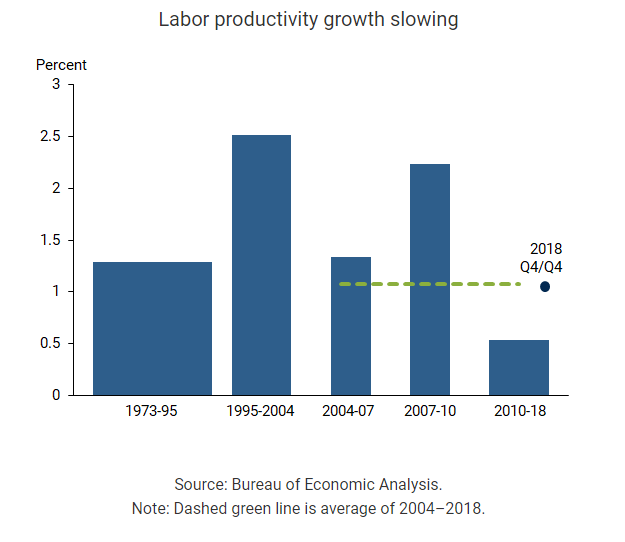
Is metal machine learning a real thing? For all the talk of the ways in which AI (artificial intelligence) and machine learning have the potential to boost industries like manufacturing (upwards of $2 trillion, according to McKinsey Global Institute) rarely do we get specifics into topics like AI applications for metal forming or fabrication, for example.
But let’s take a glimpse inside a few key trends that are developing around AI and machine learning that could have a direct (and indirect) impact on the production and fabrication of metal.
AI in the Steel Industry
A technology company that just happens to make steel. That’s the message that greets you on the homepage of Big River Steel. The company is among the growing number of mills that are adapting with the use of advanced technology. Big River Steel operates what it calls a Flex Mill, combining standard integrated mill capabilities with advanced technology.
In this case, advanced technology refers to sensors and machine learning, which Big River Steel uses to help forecast demand and manage inventory, among other actions.
Technology is at the heart of mini mills. Typically, a mini mill obtains most of its iron from scrap steel, recycled from used automobiles or manufacturing byproducts, for example. They will often have an EAF (electric arc furnace) for melting scrap and the ability to ramp-up and scale-down production levels based on demand.
So, what does this mean for integrated steel mills? Ask US Steel, which just invested $700 million into Big River Steel. With it, the long-standing mill operator takes a 49.9 percent ownership stake in Big River Steel with an option to acquire the remaining 50.1% within four years.
Further analysis of the deal from Deutsche Bank Research shows that through the transaction, US Steel expects up to $1 billion in capital and cost improvements by 2020 at the total company level. Deutsche Bank says it sees the logic to the transaction, adding a technologically advanced flex mini mill to its integrated/blast furnace assets.
How this deal ultimately impacts US Steel’s technology throughout its portfolio is uncertain. Nevertheless, it’s an interesting trend to watch closely across more mills going forward.
Metal Machine Learning: The Modern Steam Engine?
Improving demand forecasting and inventory management is one thing, but could AI provide its biggest benefit to the metal market in an indirect manner?
As covered in the October edition of The Monthly Market Report, analysts from the FRBSF (Federal Reserve Bank of San Francisco) recently introduced the idea of GDP growth between 1.5 percent and 1.75 percent as being the “new normal” going forward. This represents a slower pace relative to historical trends and is reflective of, among other factors, slow productivity growth.
According to FRBSF, achieving GDP growth consistently above 1.75 percent will require much faster productivity growth than the U.S. has typically experienced since the 1970s. The chart below from FRBSF shows growth of real GDP per hour, a broad measure of labor productivity, broken into periods since 1973 reflecting variation in productivity growth. between “normal and exceptional periods.”
The analysts point to such historical innovations as the steam engine, electric dynamo, internal combustion engine, and microprocessor leading to complementary innovations that boosted productivity growth over periods of time. Could AI provide the same type of boost to productivity as the steam engine or microprocessor?
(source of data above via Bureau of Economic Analysis, chart created by Federal Reserve Bank of San Francisco, https://www.frbsf.org/)
Accenture is on board with that idea. According to the consulting company, artificial intelligence has the ability to increase productivity by 40% or more. Through data collection, automation, decision making, and cybersecurity, AI can boost profitability, thus freeing up valuable time for employees.
But don’t expect a machine to do it all. Skilled labor remains necessary when it comes to metal fabrication. In fact, according to The Metal Perspective (which surveys manufacturers, fabricators, and machine shops), a lack of skilled labor remains a top challenge in 2019.
Instead, the idea could be to automate the routine tasks and leave the skilled craftsmanship to, well, skilled craftsmen. A recent article in The Fabricator, which continues to explore the role of AI in metal fabrication, identified some areas where this scenario might play out.
As described in this article, things like automated de-nesting and material handling are prime examples. The author says, “as machines lift dozens, thousands, and eventually millions of different parts out of a cut sheet, the system can learn how to grasp certain shapes in certain situations.”
While the link between AI and metal may not be direct, it’s indeed developing. Have you thought about where it fits best in your world?





.ashx?h=300&w=940&hash=E793E51E8590BB9C9B6F764916C9CE2C)
.ashx?h=300&w=940&hash=84741771C54205E6CB7102357C757FB6)